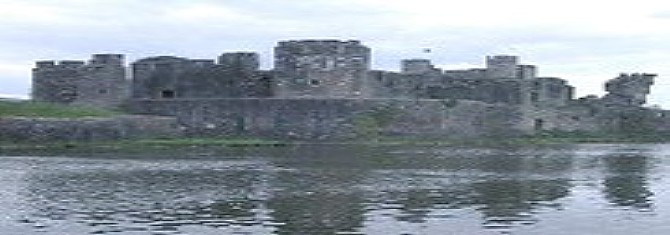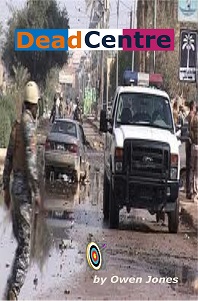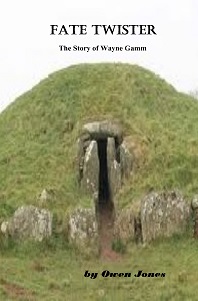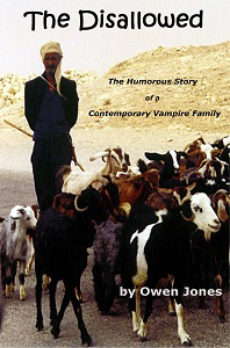
Welsh Products Online
Welsh Corgi Puppies | Welsh Gold Wedding Ring | Welsh Love Spoons | Welsh Coastal Cottages
Victorian Fortifications
Queen Victoria and Prince Albert visited Europe in the 1850’s. On their return the queen, being concerned about the strength of the French Navy and the possibility of attack on the South Coast of England asked Lord Palmerston, who was the Prime Minister at that time, to set up a Royal Commission to investigate the matter. Millions were spent against the possible attack from the new ‘Iron Clad’ French warships. It later became known as a Palmerston Folly. Fortresses were recommended for the South Coast of England and Flat Holm became part of the strategic coastal defense system of the Bristol Channel. Steep Holm, Brean Down and Lavernock were also included in this system. Each fortress in the Bristol Channel used a different armament system. It was during 1865 to 1869 that the construction of the fortress took place on the island. The barracks dated ‘VR 1869’ over the main entrance, provided the accommodation for about fifty men. However, only the master gunner and five gunners of the Royal Artillery Coast Brigade were ever stationed there. Nine rifled, muzzle-loading guns, made at the Royal Gun Foundry, Woolwich made up the armament. They were mounted in four separate batteries all in Montcrieff pits. The pits were constructed of limestone blocks and bricks, being 18 feet in diameter and 10 feet deep. Underground passages and magazines link a few. The rifled, muzzle loaded guns were heavy for land service, being constructed of wrought iron sections. They consisted of a rifled tube and cascable. The overall length of the gun is 142.1 inches. They used a 115-lb palliser shell. The guns were mounted on the Moncrieff disappearing carriage. Surrounding the lighthouse battery and barracks a ditch and bank were constructed for fear of attack from any landing parties. In 1875 a commercial photographer visited the island to take photographs of the lighthouse. To add interest to his photograph he asked a gunner to raise the gun, which had been in the down position. This meant, he had a photograph of the lighthouse, together with the gun raised above the Moncrieff pit. When this picture came to the attention of the military authorities, the gunner was reprimanded and the photograph immediately suppressed. The guns were never fired in anger. The barracks were used for the military during the Second World War Fortification. However, that is another story. Click here for original drawings of the lighthouses through the ages. Jane Baltzars | |||||||
|
Welsh Products Online | Privacy Policy
Copyright © 1998 - 2016 Welsh Products Online
Disclaimer: if you click on any link not in the nav bars, the webmaster may earn some money






